5 easy ways to prepare your lawn for winter, according to the experts
Here’s how to prepare your lawn for the winter months
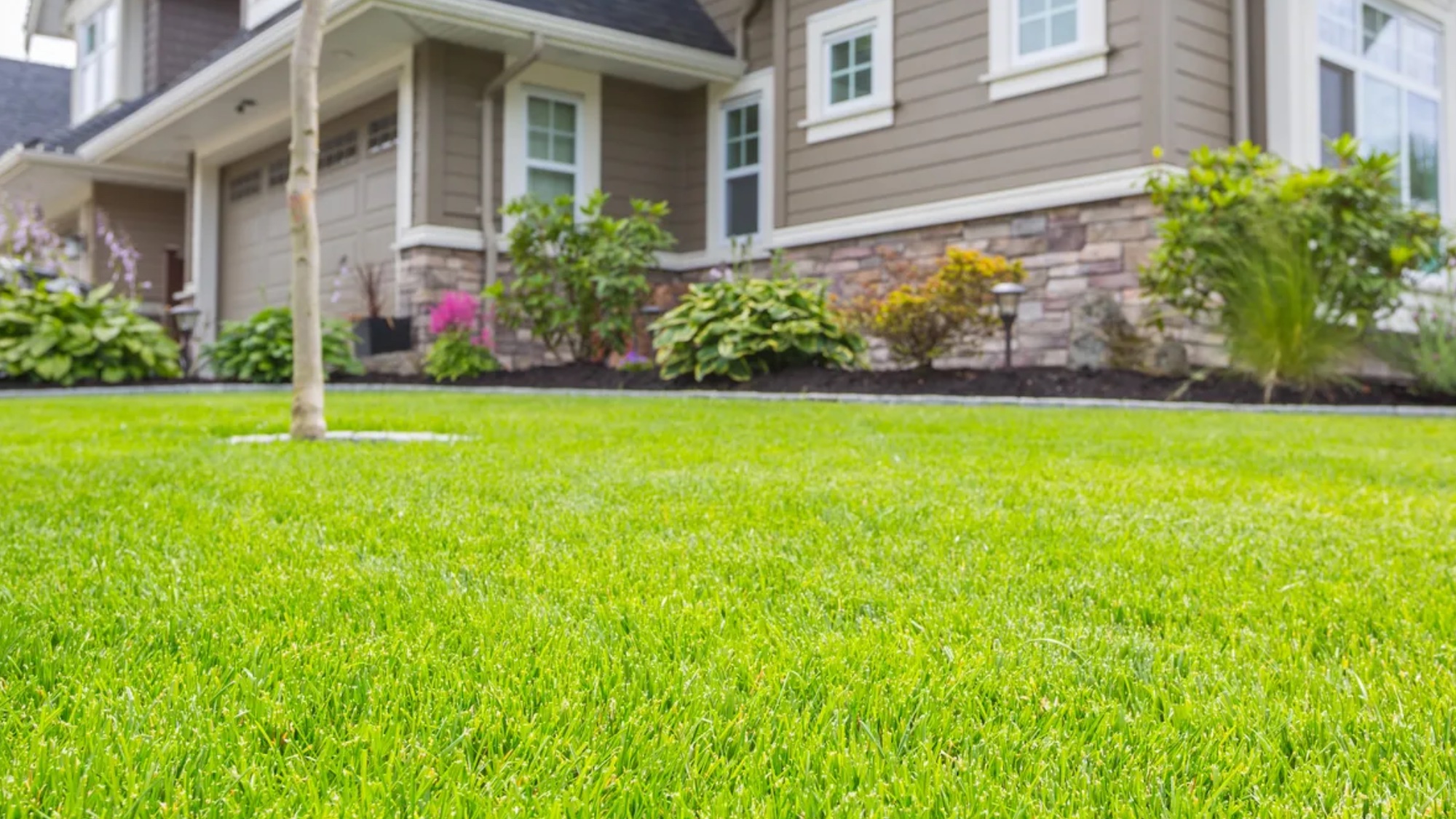
As winter approaches, and the temperatures plummet, this can cause havoc on our beautiful gardens. And even for the keen gardener, it can be tricky to know the best type of lawn care to keep it in pristine condition this season.
However, before your lawn frosts over there are simple ways to prepare it ahead of winter. These essential tasks will help to protect your lawn from damage, ensure healthy grass, and a better chance at survival during the colder months.
So if you want to protect your grass and keep it in top shape, follow these easy ways to prepare your lawn for winter, according to experts. Plus, avoid these 5 mistakes you could be making with your lawn this winter. And here are 5 household items that can protect your plants from frost.
1. Pack away outdoor furniture
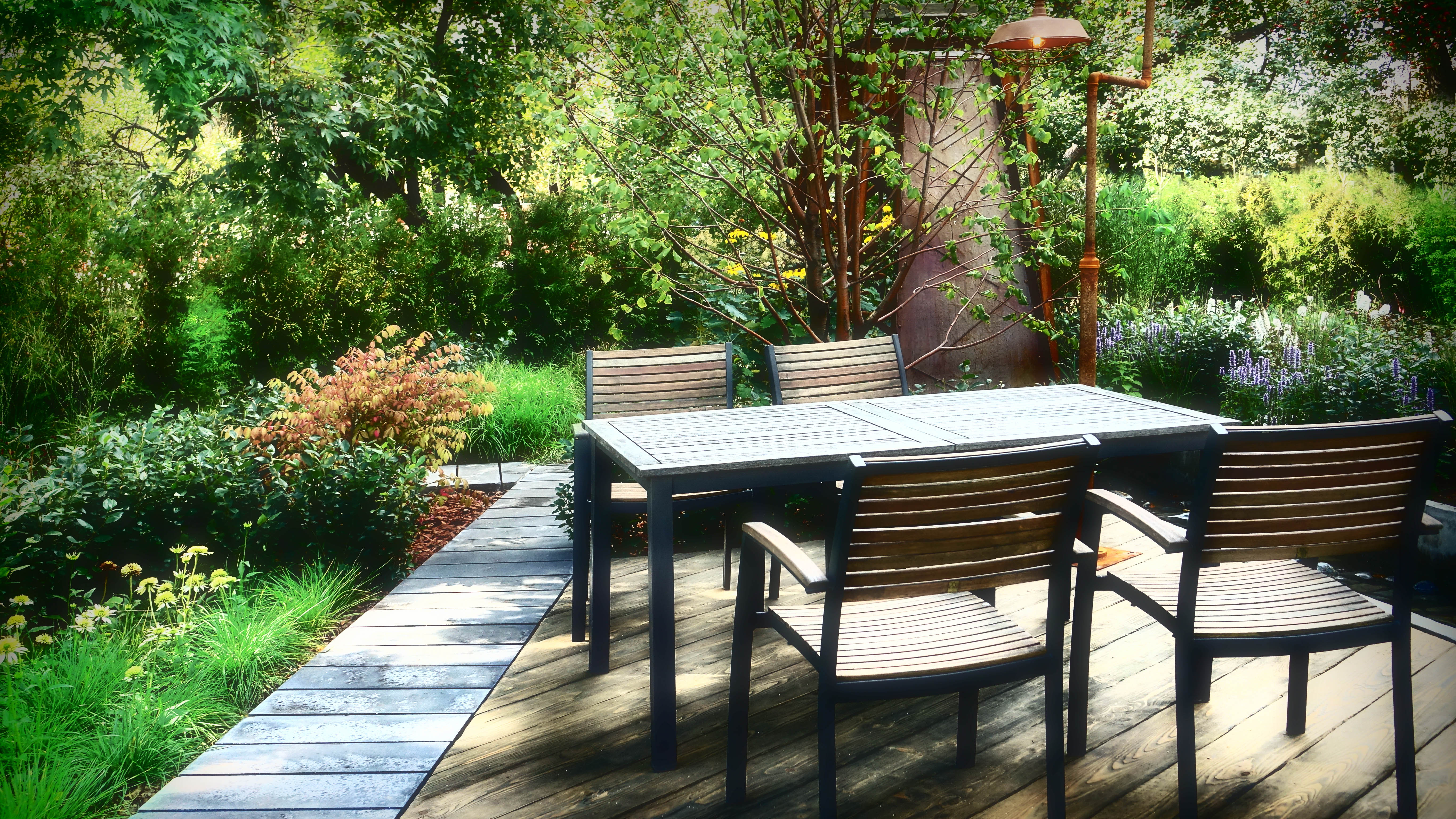
While it might have been cozy to relax outdoors in the summertime, you’ll probably won’t be sitting outdoors much during winter. In any case, backyard furniture that sits on your lawn will also affect the growth of your grass.
“One of the easiest but most important jobs to tick off is taking down any outdoor garden furniture that sits on your lawn,” says Samantha Richards, gardening expert at Gazeboshop. “Most of us are familiar with how different our grass looks when you move furniture after just a couple of days. The yellowy colour change is due to sunlight and rain water being blocked from the soil and is a tell-tale sign of poor grass health.”
Store any outdoor furniture in your shed or under a covered patio. If you can’t fold chairs or tables, you can find protective covers to suit every size furniture like these Vailge Patio Chair Covers ($23, Amazon), that are weather resistant. “Storing any furniture here over the winter months will do wonders for the health of your grass as well as the durability of your furniture.”
After you take your furniture off the grass, this might be the best time to treat any bare patches left by garden chairs or table legs. “Bare patches on your lawn can be caused by a whole host of reasons - from heavy kids toys to pet urine. Luckily autumn is one of the best times to fix any of these spots. A bag of compost, seed and fertiliser will go a long way to help fix the issue and with persistent watering, you should see some growth within a couple of weeks.”
Sign up to get the BEST of Tom's Guide direct to your inbox.
Get instant access to breaking news, the hottest reviews, great deals and helpful tips.
If you want to maximize space, here are 7 clever ways to store garden tools.
2. Get rid of weeds and trim edges

Another important task to prepare your lawn for winter is to remove weeds growing in your lawn as soon as you spot them. And if you don’t want to use harmful chemicals, you could try one of these 7 ways to kill weeds naturally.
“By digging out these unwanted growths as soon as possible you limit the weeds ability to spread throughout your turf and prevent a bigger job usually involving weed killer further down the line,” advises Richards. Just be sure not to make any of these common mistakes when pulling out weeds.
In addition, you’ll need to trim any overgrown edges around your lawn, which can also prevent new weeds from taking root in your yard. “With the accelerated growth your grass experiences in summer, autumn is the perfect time to trim back overgrown edges to keep your lawn looking neat and tidy. The edges when looked after will provide a barrier for plant roots, stopping flowers or weeds from growing into your lawn.”
3. Rake leaves
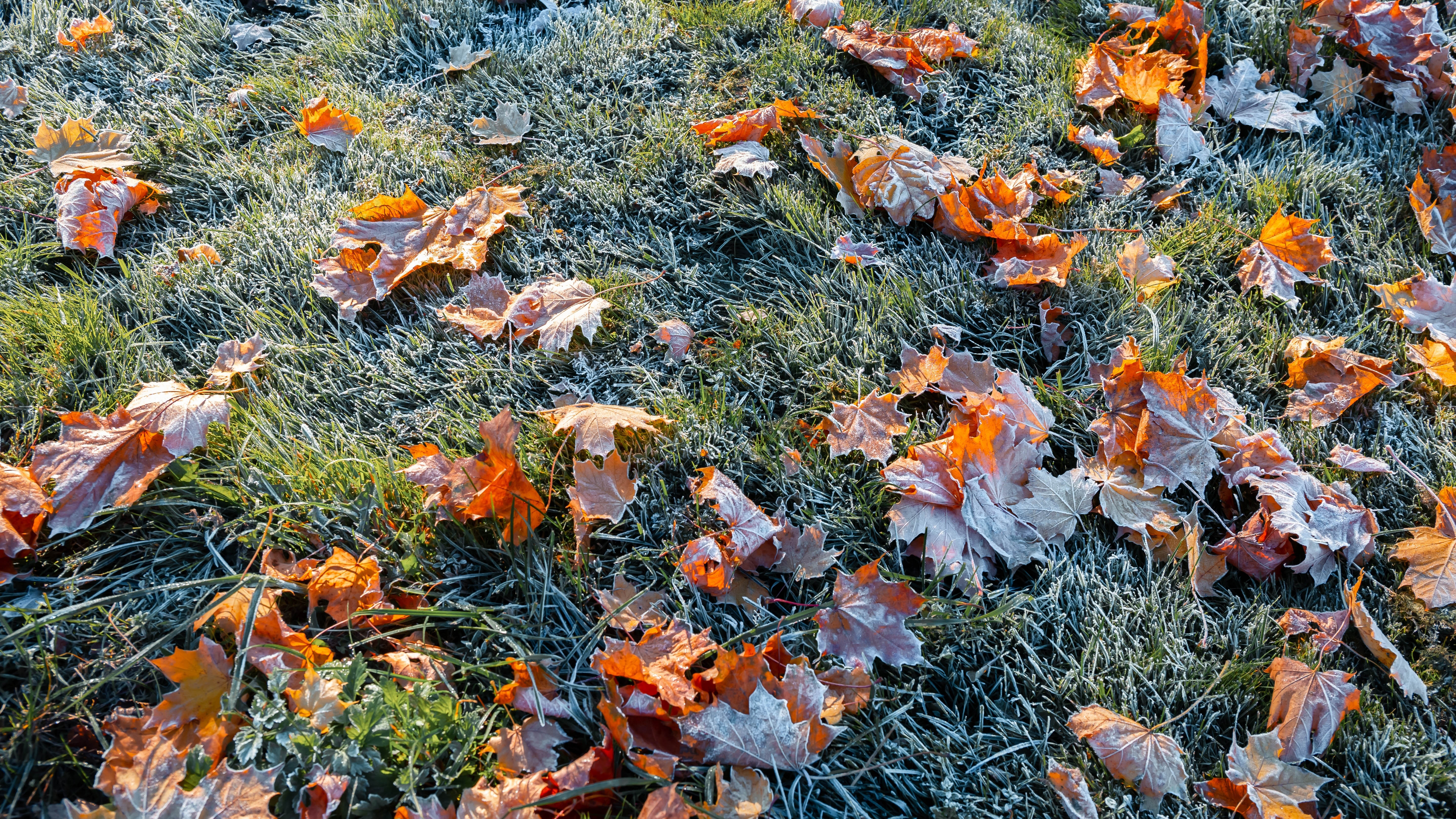
Ensure that your lawn is clear of dead leaves, branches or other garden debris when frost hits. If you leave wet leaves on your lawn in frosty weather, this will create the ideal breeding ground for lawn disease or ‘snow mold’ to develop. This type of disease thrives in damp and dark conditions, and could cause severe damage to your grass or worse, kill your lawn.
“Regularly raking your lawn is a must. You should aim to feel as though you’re lightly brushing the top of your grass to remove the debris as raking too deeply can damage the turf,” says Richards, “Remove the layers of thatch-like dead grass, leaves and moss which prevent water from reaching the soil and roots.”
It’s also recommended using the dead leaves and debris to make mulch, and reuse in your garden. “Mulch can be made using organic matter like decaying leaves, bark, straw, or compost,” says Chris Bonnett, gardening expert and founder of GardeningExpress.co.uk. “Placing it around the roots of plants will help insulate and protect them from the cold, however, it only tends to work with hardier plants.”
If you want more handy tips about reusing garden leaves, check out these 7 ways to use fallen leaves in your garden.
4. Fertilize your lawn
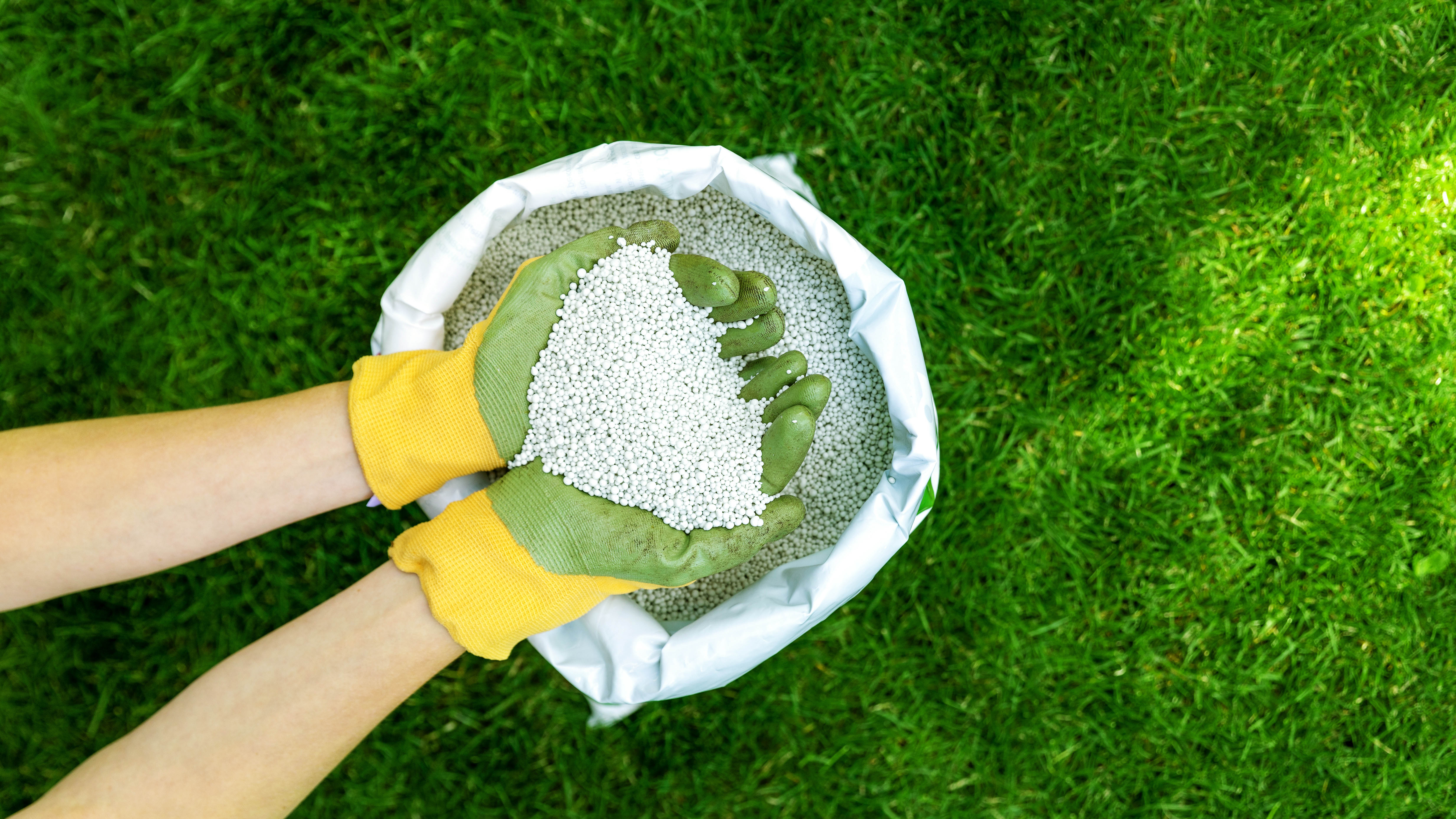
Although we might think that fertilizing our lawns should only be done in warmer weather, there are specific fertilizers that are formulated for colder months. These will help to provide the right amount of nutrients for grass in frosty conditions.
“Using an autumn or winter fertiliser will strengthen your grass and put it in a strong position to endure harsher weather,” agrees Richards, “One thing to bear in mind is not to fertilise your lawn when the grass is dormant as it won’t be able to benefit from the nutrients you are supplying it with.”
Since you’re dealing with your lawn, don’t forget about protecting your plants from the frost. If you want your favorite, potted plants to survive, it might be worthwhile moving them indoors during ice cold temperatures.
"During cold weather, it's a good idea to do a little research on the plants in your garden to find out which ones should be moved indoors during the big freeze," recommends Suhail Patel, gardens expert and founder of Luxury Screens. "While some plants are quite happy to stay outside in cold weather, others won't fare so well and will need to be taken inside until warmer temperatures arrive."
Also, find out how often should you fertilize your lawn and when to do it for best results. Just avoid these 5 mistakes you make when applying fertilizer to your yard.
5. Aerate your lawn
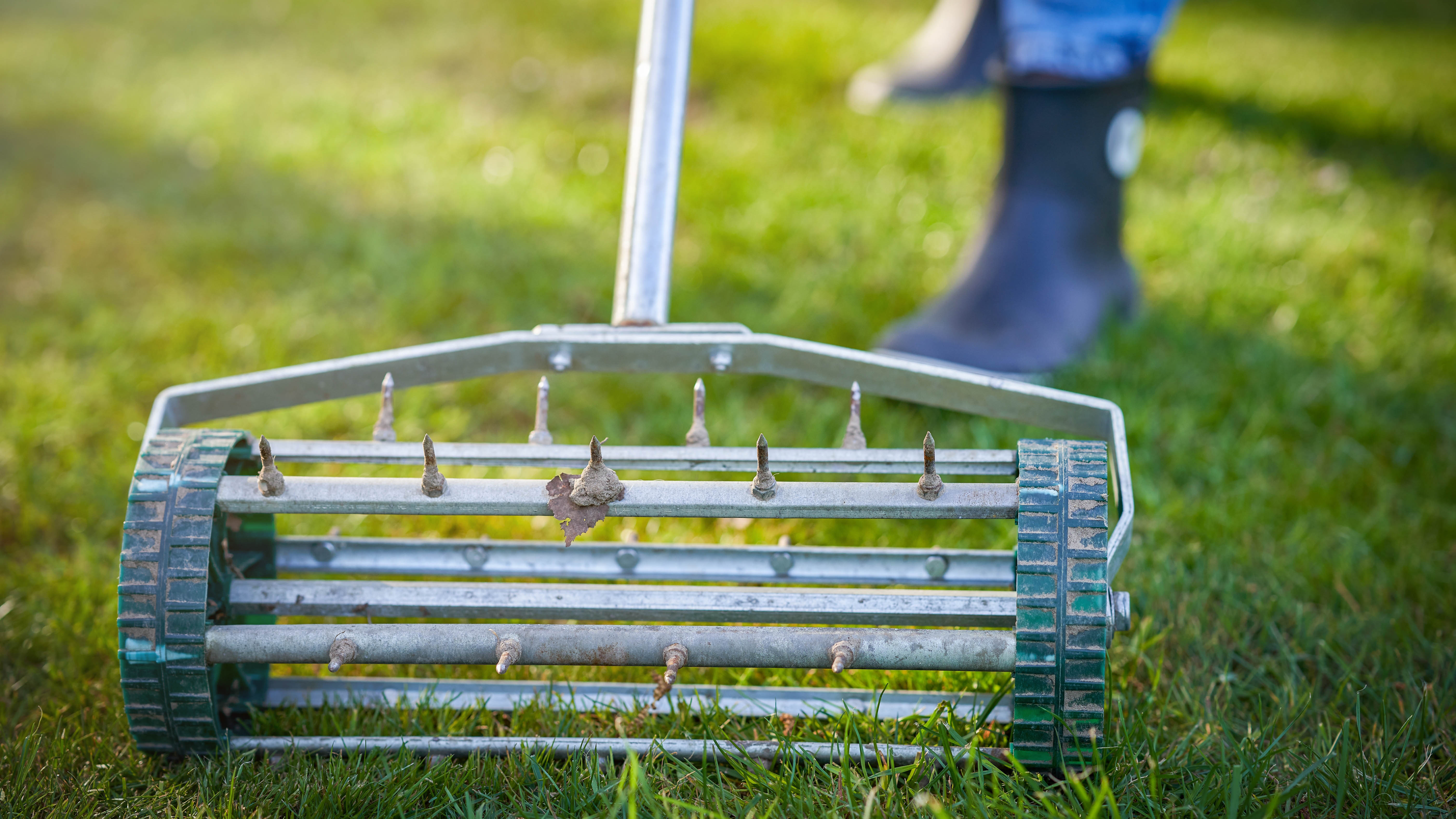
Similarly, now would be a good time to aerate your lawn. Knowing how to aerate a lawn can give your yard a new lease on life. Essentially, aerating involves piercing or dislodging the soil to some extent, to reduce compaction and allow air circulation to get into the grass roots.
“Spiking your lawn will allow for better movement of air as well as creating a passage for rain water and nutrients to reach the roots,” says Richards, “Consistently aerating your lawn will put it in good stead to survive the more extreme conditions that will be approaching in the coming months. You don’t need any fancy tools for this, a garden fork from the shed will do.”
Aerating is also one of the ways to fix a waterlogged lawn.
Should you mow your lawn in the winter?
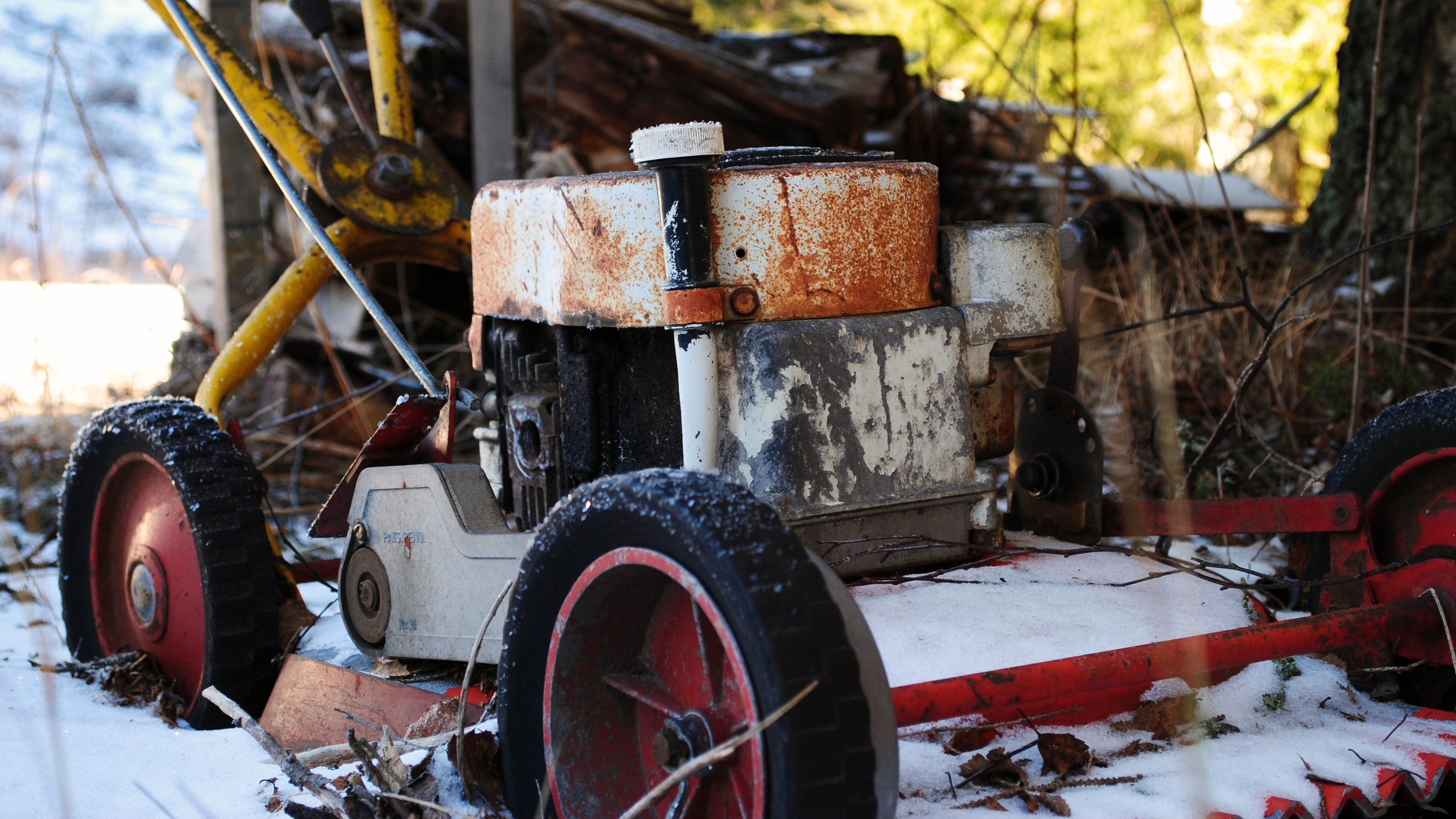
If you’re wondering if you should mow your lawn in the winter, Richards advises that you should avoid this once the temperature consistently drops below 50°F.
“When the temperature dips below this point, the grass will enter its dormant stage and stop growing. It’s worth noting the ideal grass height going into winter is around two inches; long enough so that the grass still provides shade to the soil and protection to the roots, but also short enough to avoid attracting mould or fungus and becoming a shelter for insects and pests. In the build-up to winter it is best practice to take your lawn down bit by bit, reducing the blade height each time until you reach two inches.
“Although it is not advised, for those adamant on mowing their lawn throughout the colder months make sure you raise the cut to the highest setting to protect your grass as best as possible.”
In any case, here are 9 signs that you’re cutting your grass too short.
More from Tom's Guide

As the Homes Content Editor, Cynthia Lawrence covers all things homes, interior decorating, and garden-related. She has a wealth of editorial experience testing the latest, ‘must-have’ home appliances, writing buying guides and the handy ‘how to’ features.
Her work has been published in various titles including, T3, Top Ten Reviews, Ideal Home, Real Homes, Livingetc. and House Beautiful, amongst many.
With a rather unhealthy obsession for all things homes and interiors, she also has an interior design blog for style inspiration and savvy storage solutions (get rid of that clutter!). When she’s not testing cool products, she’ll be searching online for more decor ideas to spruce up her family home or looking for a great bargain!
